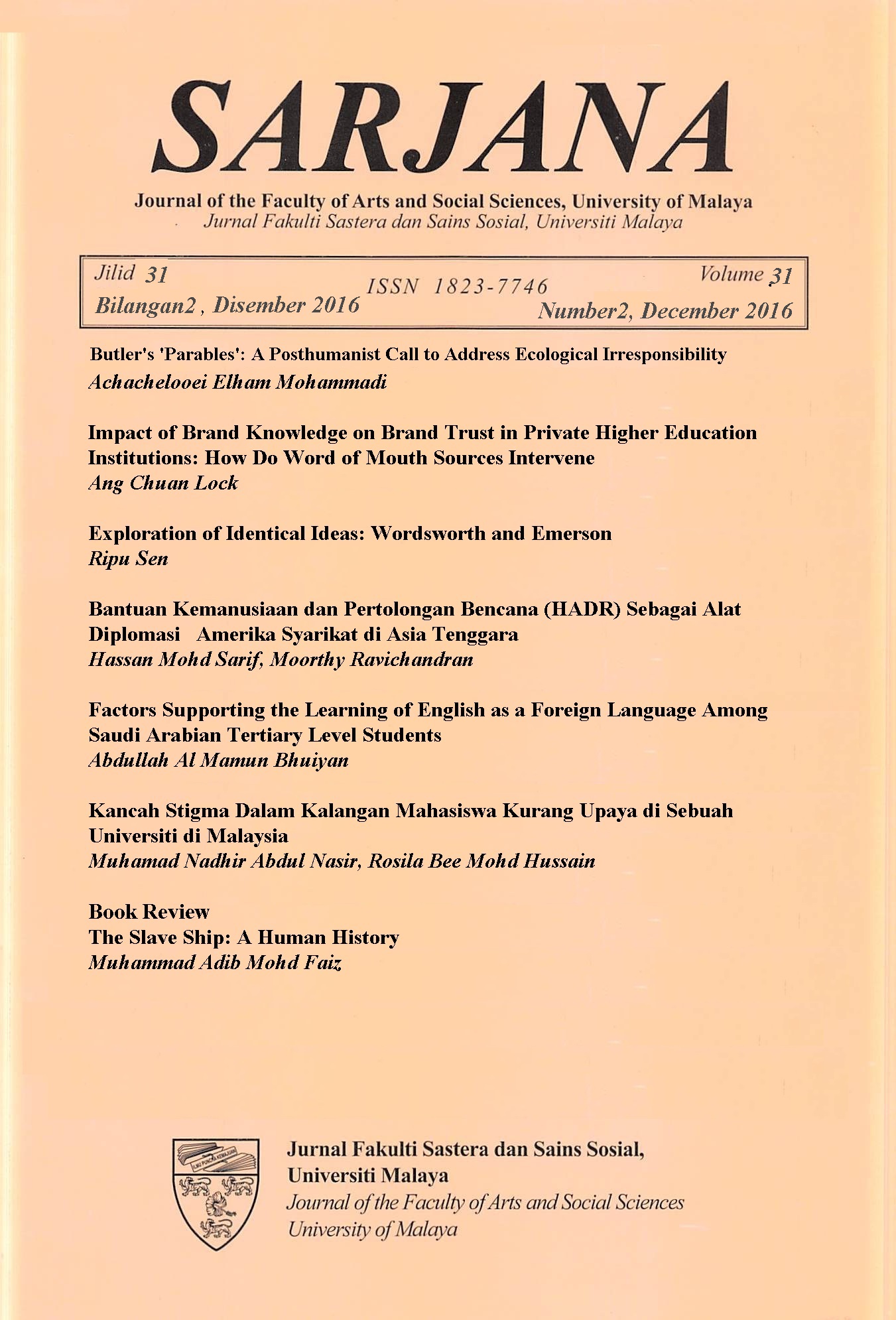Book review: The Slave Ship: A Human History
Main Article Content
Abstract
In The Slave Ship: A Human History, Marcus Rediker centres on the principal vehicle that facilitated the Atlantic Slave Trade: the slave ship itself. However, he is more concerned with conveying the experiences of those onboard the slaver rather than with the physical ship. Rediker, who argues that the slaver was a product and facilitator of global capitalism, also argues that the ship’s social relations “shaped the modern world” (10). While he puts his first argument across very strongly, his second thesis makes less of an impact. This review considers the book’s content, literary appeal, arguments and drawbacks. Rediker asserts that the trade consisted of four dramas: “the relations between the shipcaptain and his crew” (6), the “relationship between sailors and slaves” (7), the “conflict and cooperation among the enslaved themselves” (7) and the abolitionists’ efforts to convey the horrors of the slaver to a metropolitan reading public. After setting the stage in the first three chapters, the book presents three case studies, and then deals with the four dramas in full, relating them in the order in which they were first introduced. Having guided us through the Middle Passage, Rediker reiterates his two principal theses. He ends on a conciliatory note, relating the story of “enslaved people caring for diseased and dying seamen in Caribbean ports” (355).

